The maritime industry is undergoing a quiet revolution as hydrogen-powered ferries emerge as a viable solution for zero-emission shipping. These vessels, powered by fuel cells that convert hydrogen into electricity, represent a significant leap forward in sustainable transport. Unlike traditional diesel engines, hydrogen fuel cells produce only water vapor as a byproduct, making them an environmentally friendly alternative for coastal and short-sea operations.
The technology behind hydrogen-powered ferries is both sophisticated and elegant. At the core of these vessels are proton exchange membrane (PEM) fuel cells, which combine hydrogen stored in high-pressure tanks with oxygen from the air to generate electricity. This process occurs without combustion, resulting in near-silent operation and eliminating harmful emissions. The electricity produced powers electric motors that drive the ferry's propellers, while any excess energy is stored in lithium-ion batteries for later use.
Several pioneering projects around the world are demonstrating the practicality of hydrogen ferries. In Norway, the MF Hydra became the world's first liquid hydrogen-powered ferry in 2021, operating on a triangular route between three ports. Meanwhile, in San Francisco, the Water-Go-Round ferry project is testing compressed hydrogen fuel cells for commuter services. These real-world applications are proving that hydrogen technology can meet the demanding requirements of maritime operations.
Infrastructure development remains a critical challenge for widespread adoption of hydrogen ferries. Unlike conventional fuels, hydrogen requires specialized storage and refueling systems. Ports need to invest in hydrogen production facilities, either through electrolysis using renewable energy or by importing hydrogen from production hubs. Safety considerations also play a major role, as hydrogen is highly flammable and requires careful handling procedures.
The economic case for hydrogen ferries is becoming increasingly compelling. While initial costs are higher than conventional vessels, operators benefit from lower fuel costs over the lifecycle of the ferry, especially as hydrogen production scales up and prices decrease. Governments are supporting this transition through subsidies and tax incentives, recognizing the importance of decarbonizing the maritime sector to meet climate targets.
Passenger experience on hydrogen ferries offers unexpected advantages. The absence of engine vibration and noise creates a smoother, more pleasant journey. The lack of exhaust fumes improves air quality both onboard and in port areas, particularly important for urban water transport systems. These benefits are driving interest from ferry operators serving environmentally conscious communities.
Looking ahead, the potential for hydrogen in maritime transport extends beyond ferries. The technology could be scaled up for larger vessels, including coastal freight ships and eventually deep-sea shipping. However, ferries serve as an ideal starting point due to their predictable routes and frequent refueling opportunities, allowing for manageable infrastructure development. As battery technology improves, we may see hybrid hydrogen-electric systems that optimize performance for different operational profiles.
The transition to hydrogen-powered ferries represents more than just a change in propulsion systems. It signifies a fundamental shift in how we approach maritime transportation, prioritizing sustainability without compromising operational efficiency. While challenges remain, the success of early adopters demonstrates that zero-emission shipping is not just possible - it's already here. As technology matures and infrastructure expands, hydrogen ferries may soon become the standard rather than the exception in coastal communities worldwide.
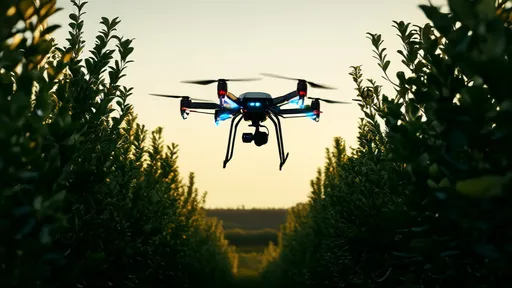
By /Jul 18, 2025
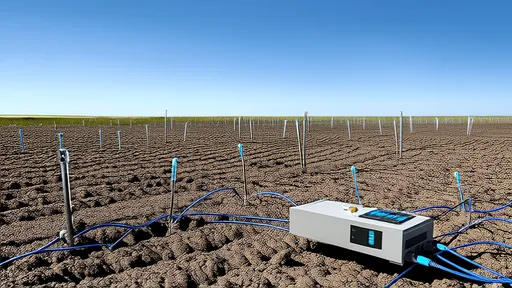
By /Jul 18, 2025
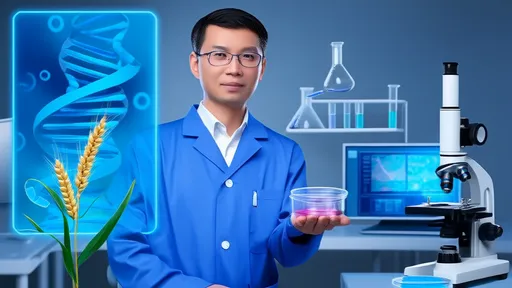
By /Jul 18, 2025
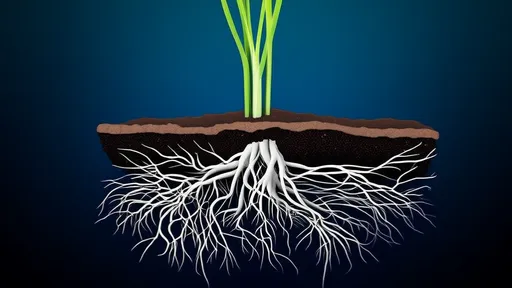
By /Jul 18, 2025
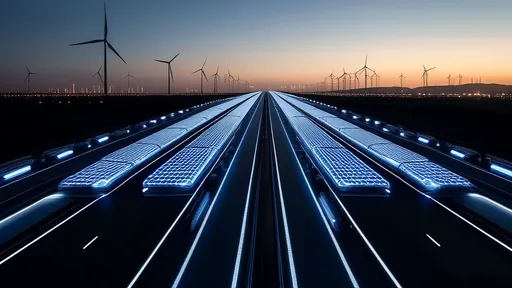
By /Jul 18, 2025
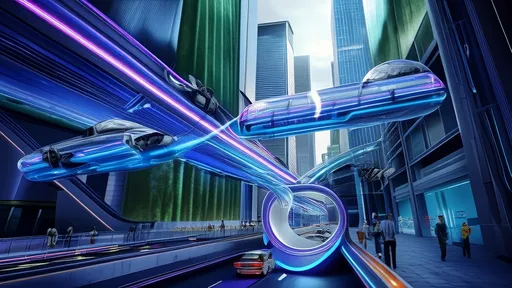
By /Jul 18, 2025
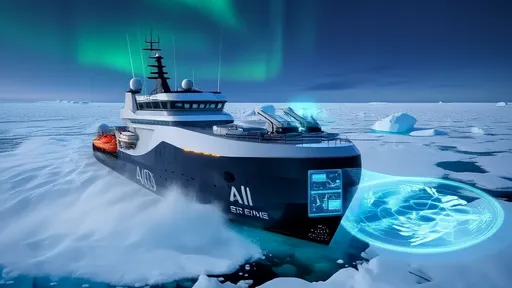
By /Jul 18, 2025
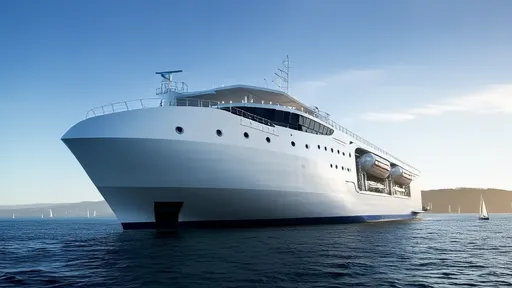
By /Jul 18, 2025
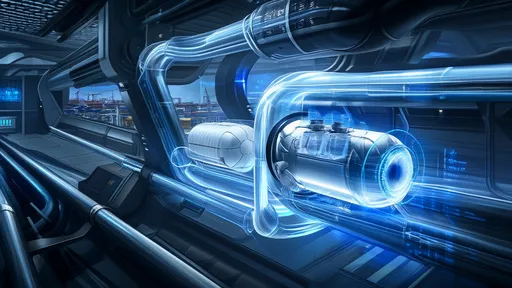
By /Jul 18, 2025

By /Jul 18, 2025
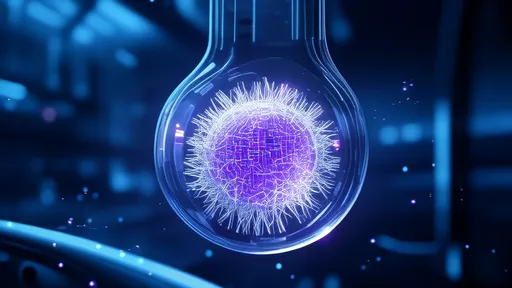
By /Jul 18, 2025

By /Jul 18, 2025

By /Jul 18, 2025

By /Jul 18, 2025

By /Jul 18, 2025

By /Jul 18, 2025

By /Jul 18, 2025
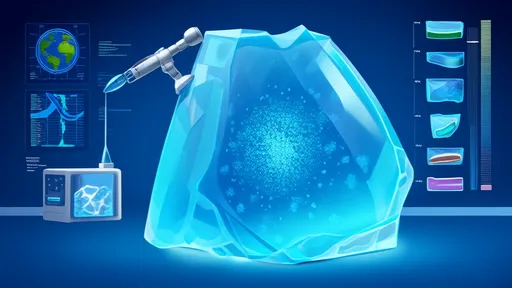
By /Jul 18, 2025